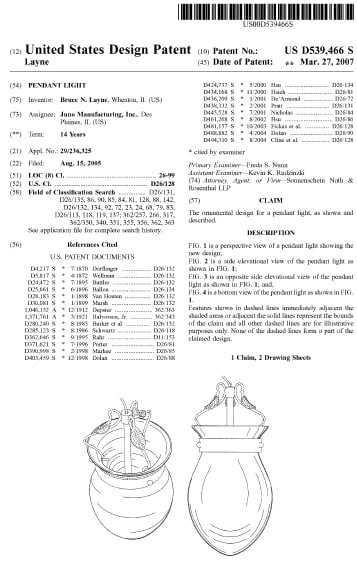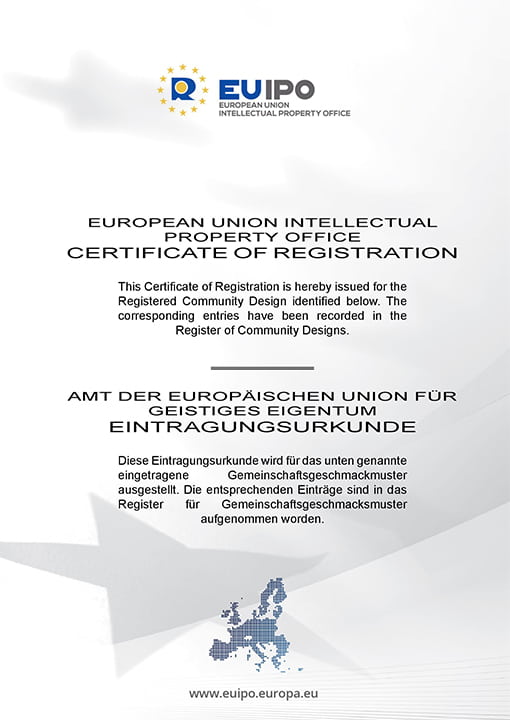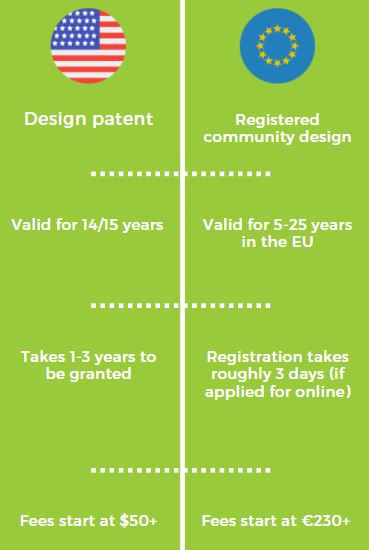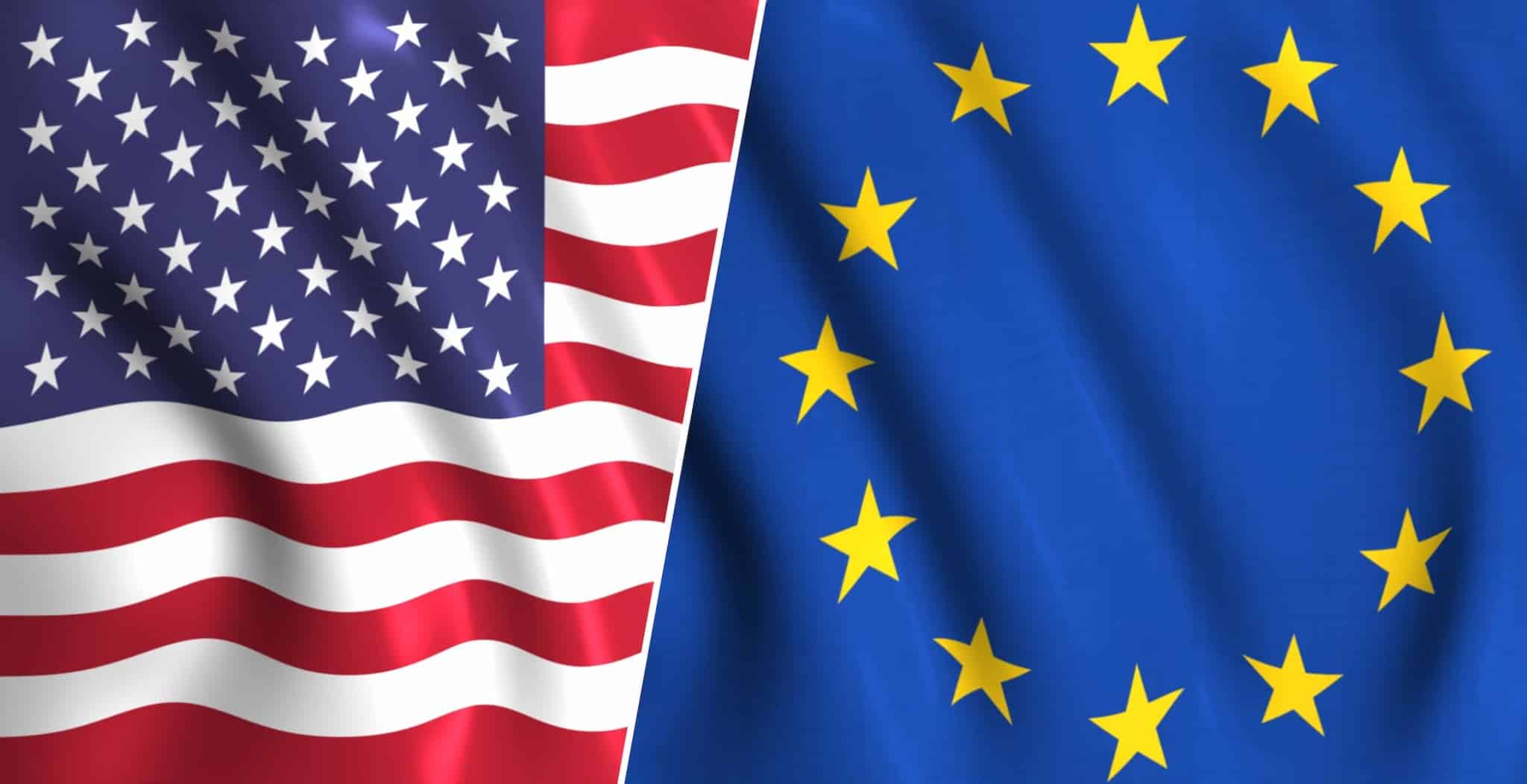In this article:
US design patent law
- What is a design patent?
- How long is a US design patent valid for?
- What are the criteria for a US design patent?
- What does a US design patent document look like?
- How do I apply for a US design patent?
- What fees are involved in obtaining a US design patent?
- How long does a US design patent take to be granted?
European design protection
- What is a registered community design?
- What is an unregistered community design?
- How long is a registered community design valid for?
- What are the criteria for a registered community design?
- What does a registered community design document look like?
- How do I apply for a registered community design?
- Is your design a design?
- What fees are involved in registering my design in the EU?
- How long does a registered community design take to be registered?
- How can Design Search help? Try it out for FREE
US Design patent law and European design protection can seem daunting to a designer when they first set out on the journey of searching for whether or not their new design is eligible for protection or not. Where to start? What to look out for? Which information is the most reliable and up to date? We understand the challenges and obstacles that designers face when entering the world of design patents and design protection. So, without further ado, let’s explore the basics of US Design patent law and European design protection while addressing and answering some of the most asked questions. With this information, we hope you can feel more confident and informed when deciding when, where, and how to file your design patent or registered design application.
US Design Patent Law
What is a design patent?
In the United States, designs are protected under US design patent law. In the US, a design patent is a type of legal protection granted to a functional item’s ornamental design. Design patents are a class of industrial design rights. As a design patent purely protects an object’s appearance and not its functionality, it is different from a utility patent.
How long is a US design patent valid for?
A US design patent is valid for 14 years (if filed before May 13, 2015) after being awarded and is not eligible for renewal; if filed on or after May 13, 2015, the design patent is valid for 15 years from when the patent was granted.
What are the criteria for a US design patent?
According to the United States Code – 35 USC 171, a design must be new, original, and ornamental to qualify for US design patent protection. “New” is described as novel (35 USC 102) and non-obvious (USC 103). A design is novel if no single prior art reference discloses a design identical in every material respect. The Federal Circuit compared “identical in all material respects” to “substantially the same” — a.k.a. the design patent infringement test.
What does a US design patent document look like?

How do I apply for a US design patent?
A US design patent’s examination process (aka “prosecution”) involves three main stages:
- The initial filing
- Office Actions (if any)
- Allowance
The two principal elements of a design patent application are:
- The design patent drawings
- A written specification.
It’s worth mentioning that there are further documents required for the application, such as the inventor’s declaration and the Information Disclosure Statement. However, the design patent specification and drawings are the two most essential US design patent application elements.
US design patent application drawings are usually black-and-white line drawings that present the ornamental appearance of 3D structures, such as the shape of a hat, and two-dimensional features, such as a textile print. It might be worth investing in a professional patent illustrator to produce detailed views and precise shading.
A US design patent application’s written specification should include the inventor(s), each figure’s view, and a single claim. Any special observations, such as broken lines, should also be included.
All lines in a design patent drawing are essential. The breadth of the application can be managed by choosing whether to make the lines solid or broken. The difference between solid lines and dashed lines is critical. Solid lines identify the parts of the design that are protected by the patent. Dashed lines introduce the context or environment.
To infringe, a competitor’s product must match all of the design patent elements shown in solid lines, meaning that drawings with more solid lines are more difficult to infringe (i.e., easier to be copied). More solid lines mean narrower design patent protection. Again, this is because a competitor’s product is only infringing if it incorporates every element shown in solid lines.
Applicants should pay attention to the drawings’ description to ensure that each view is appropriately identified in the specification; for example, a description wrongly identifying the right side when it should be the left.
Once the applicant has all of their required documents together, they may then file their design application with the USPTO.
What fees are involved in obtaining a US design patent?
According to the USPTO, the fees include:
Basic USPTO Design Filing fee: $50 – $200 depending on the size of the entity
USPTO Design application size fee (for each additional 50 sheets that exceeds 100 sheets): $100 – $400 (depending on the size of the entity)
USPTO Design search fee or design CPA (continued prosecution application) search fee: $40 – $160 (depending on the size of the entity)
Maintenance fees do not apply to US design patents; however, maintenance fees may apply in other jurisdictions.
How long does a US design patent take to be granted?
A design patent usually takes between one and three years to be granted; the time frame depends on whether the design is issued immediately or if there are any disputes with the USPTO.
European Design Protection
In Europe, designs are protected under what used to be called OHIM’s Community Design system — now called the European Union Intellectual Property Office (EUIPO) — and apply to both registered community designs and unregistered designs.
What is a registered community design?
A registered community design is design protection which grants the holder exclusive rights to use, produce, offer, go to market, import, export, or stock items that include the protected design. Registered designs must be registered at an intellectual property office in order to take effect.
What is an unregistered community design?
Holders of unregistered community designs can just restrict others from using their design commercially — and only if the use occurs from copying the design. Consequently, there is no infringement if the design was produced independently by a secondary designer — if said designer can prove that they had no prior knowledge of the protected design.
Unlike registered community designs, unregistered designs automatically come into effect (i.e., without the need for any formal registration process). For both registered and unregistered community designs, the scope of protection is the same, and they have the same protection requirements, such as novelty and an individual character.
How long is a registered community design valid for?
Initially, a registered community design is valid for five years from the filing date. Registered community designs can be renewed for 5‑year periods, up to a maximum limit of 25 years. Unregistered designs only allow protection for a maximum of 3 years from the date of the design’s first public disclosure within the EU.
What are the criteria for a registered community design?
There are three elements to consider to make sure your design meets the criteria of the EUIPO:
- Design criteria
- Novelty and individual character
- Graphic representation
Design criteria – A registered design protects the look of a product and is linked to a product. If there is no product, no protection can be offered. Any industrial or handicraft item can qualify as a product. Parts of products that can be disassembled and reassembled may also be protected.
The design should respect public policy and specific morality standards. The EUIPO will refuse any designs that portray or promote violence or discrimination based on sex, racial or ethnic origin, religion or belief, disability, age, or sexual orientation.
Novelty and individual character– A design is new if no identical design has been disclosed before it. If two designs differ only in insignificant details, they will still be viewed as identical. Individual character covers the overall impression conveyed to the informed user; the design must differ from any previous designs.
Graphic representation – Graphic representation is used to display all the features of the design you are applying for. You are accountable for ensuring that the features of your design are displayed as completely as possible. The quality of the representation is paramount to your design protection. The graphical representation needs to allow your design to be decreased or increased to a size no bigger than 8 cm x 16 cm so it can be entered in the Register of Community Designs.
What does a registered community design document look like?

How do I apply for a registered community design?
There are two possible routes when applying for the registration of a community design:
- Applicants can file either at the European Union Intellectual Property Office (EUIPO)
- Applicants can file through the International Bureau of the World Intellectual Property Organisation (WIPO); the applicant must select the European Union.
Regardless of which route the applicant follows, the application will be examined by the EUIPO.
Once the EUIPO receives the application, it is then checked by the examiners. The turnaround is pretty fast, with most online filings being registered within a few days. Next, the EUIPO performs a formalities check and a substantive examination. The formalities check allows the examiner to check for any problems, the most common being:
- The fees paid do not cover all the designs applied for.
- Failure to indicate a product or the indication is incorrect.
- The submitted views are inconsistent with each other.
- If the applicant is a company without a place of business or a real and effective establishment in the EU, or if the applicant is an individual whose domicile is outside the EU and they do not have an appointed representative.
EUIPO’s substantive examination involves the following two issues:
Is your design a design?
Does the design represent the appearance of the whole or part of a product? An examiner will issue a notification if they deem it does not. For example, a design depicting a living plant would receive a notification.
Does the design contain an element that goes against public policy and morality?
The theories of public policy and morality may vary from one country to another. But given the unitary character of a registered community design, it is enough that a design is found contrary to public policy in at least part of the EU for the design to be refused.
What fees are involved in registering my design in the EU?
The fees involved in registering a design in the EU are as follows:
- Registration: €230.
- Publication: €120.
- Deferment of publication: €40.
There is a basic fee for a single design or the first design of a multiple application, then a reduced fee for the 2nd to 10th designs. There is a further reduction per design, from the 11th design onwards.
How long does a registered community design take to be registered?
According to the EUIPO, if the applicant files their design online, the route to registration is pretty straightforward. The majority of online filings are registered within a couple of days.

How can Design Search help?
One of the first steps a designer should take before filing either a US design patent application or registering their design (in Europe) is to make sure that their design meets the patentability requirements. To ensure that a design is unique, performing a design patent search should be the first port of call.
Imagine putting your effort and precious time into your new design, only to discover that it is not unique. You may find out that your new design unintentionally infringes upon an existing design patent. Design patent infringement can be costly and can cause additional problems such as loss of client confidence, legal issues, and wasted money, time, and resources.
Design Search by Patentcloud is an image-based design patent search tool that provides a simple drag and drop solution which enables users to quickly check to see if their design is unique.
- Design Search‘s coverage includes the world’s major patent offices, including the USPTO and EUIPO.
- Thanks to Design Search‘s proprietary image search technology, users can easily check for any novelty and nonobviousness issues before proceeding with their application.
- Users can compare patent drawings with a handy side-by-side view.
Quickly check for any novelty and nonobviousness issues before proceeding with your application with Design Search’s proprietary image search technology.


